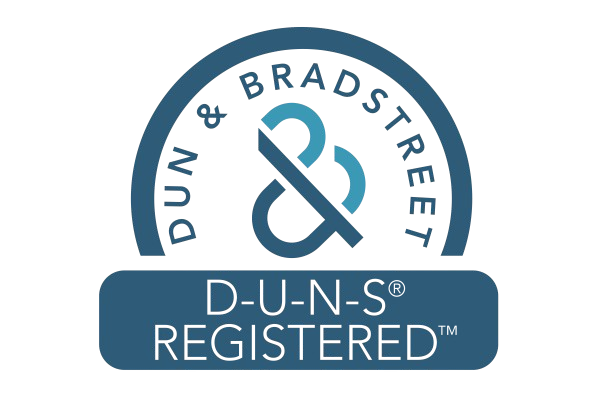Transform Your Blog With Google Analytics
In today’s digital age, where content is king, managing a blog efficiently is crucial to stand out in the crowded online space. But here’s the thing: simply churning out blog posts isn’t enough.
You need to know what works and what doesn’t. That’s where analytics come into play. Utilizing analytics can help you transform your blog management strategy from a hit-and-miss affair into a well-oiled machine. Let’s dive into how you can leverage analytics to take your blog to the next level.
Power of Analytics
First off, let’s talk about what analytics really are. In simple terms, analytics involves collecting data from your blog and interpreting it to make informed decisions. This data could range from the number of visitors to the time they spend on each post. By understanding these metrics, you can tweak your content and strategies to better meet the needs of your audience.
Key Metrics You Should Track
1. Page Views
Page views are the most basic metric. They tell you how many times a particular page on your blog is viewed. If certain posts have significantly higher page views than others, analyze what makes those posts different. Is it the topic? The writing style? The promotion strategy? Use this insight to guide your future content creation.
2. Unique Visitors
While page views are important, unique visitors give you a clearer picture of your audience size. This metric counts each visitor only once, no matter how many pages they view. Tracking unique visitors helps you understand the reach of your blog.
3. Bounce Rate
Bounce rate is the percentage of visitors who leave your blog after viewing only one page. A high bounce rate can indicate that visitors aren’t finding what they’re looking for. Dig into the reasons behind this. Is your content engaging enough? Is your site easy to navigate?
4. Average Time on Page
This metric shows how long visitors spend on a page. If readers are spending more time on your blog, it generally means they find your content valuable. Aim to increase this metric by creating more engaging and in-depth content.
5. Traffic Sources
Understanding where your traffic comes from is crucial. It could be search engines, social media, or referral sites. Knowing this helps you focus your marketing efforts where they’re most effective.
Transforming Your Content Strategy with Analytics
Now that you know which metrics to track, let’s talk about how to use them to transform your content strategy.
Identify Popular Content Themes
By analyzing which posts get the most views and engagement, you can identify common themes that resonate with your audience. Focus on creating more content around these themes. For instance, if posts about “digital marketing tips” perform well, consider creating a series on this topic.
A/B Testing
Analytics can also help with A/B testing. This involves creating two versions of a post or landing page and seeing which one performs better. Test different headlines, images, or even call-to-action buttons. Use the data to optimize your blog for better engagement and conversions.
SEO with Analytics
SEO is a crucial part of blog management. Here’s how analytics can help.
Keyword Performance
Track which keywords are driving traffic to your blog. Use tools like Google Analytics and Google Search Console to find out the keywords people are using to find your content. Focus on creating content around these high-performing keywords to boost your SEO efforts.
Backlink Analysis
Backlinks from other websites can significantly boost your SEO. Use analytics tools to track which of your posts are getting backlinks and from where. Reach out to these sites to build relationships and potentially gain more backlinks in the future.
Optimize Load Times
Site speed is a critical factor for SEO. If your blog takes too long to load, visitors might leave before they even read your content. Use analytics to monitor load times and make necessary adjustments to improve site speed.
Using Analytics Tools
There are several analytics tools available to help you gather and interpret data. Some of the most popular include:
Google Analytics: This is a must-have for any blogger. It provides comprehensive data on traffic, user behavior, and more.
Google Search Console: Great for understanding how your blog performs in search engines.
SEMrush: A powerful tool for tracking keyword performance and competitor analysis.
Ahrefs: Excellent for backlink analysis and SEO audits.
Conclusion
Incorporating analytics into your blog management strategy can seem daunting at first, but the benefits far outweigh the effort. By understanding your audience, optimizing your content, and making data-driven decisions, you can transform your blog into a powerhouse of engagement and growth. Remember, the key is to track the right metrics, use the right tools, and stay flexible. So, dive into the world of analytics and watch your blog soar to new heights!
Ready to take your blog management strategy to the next level? Start by setting up Google Analytics and exploring the data. If you need more guidance, consider consulting with an expert of Zrafted to get tailored advice for your blog. Happy blogging!
Lorem ipsum dolor sit amet, consectetur adipiscing elit. Ut elit tellus, luctus nec ullamcorper mattis, pulvinar dapibus leo.






